The world’s oldest churches are remarkable symbols of history, faith, and architectural achievement. Many have stood for centuries, weathering wars, cultural shifts, and natural disasters. Each church on this list holds deep significance for its local community and the global faithful, offering glimpses into early Christian practices. Their unique designs, inscriptions, and relics are treasures that connect us to past centuries. Visiting these churches feels like stepping into a time capsule of ancient devotion.
Dura-Europos Church – Syria
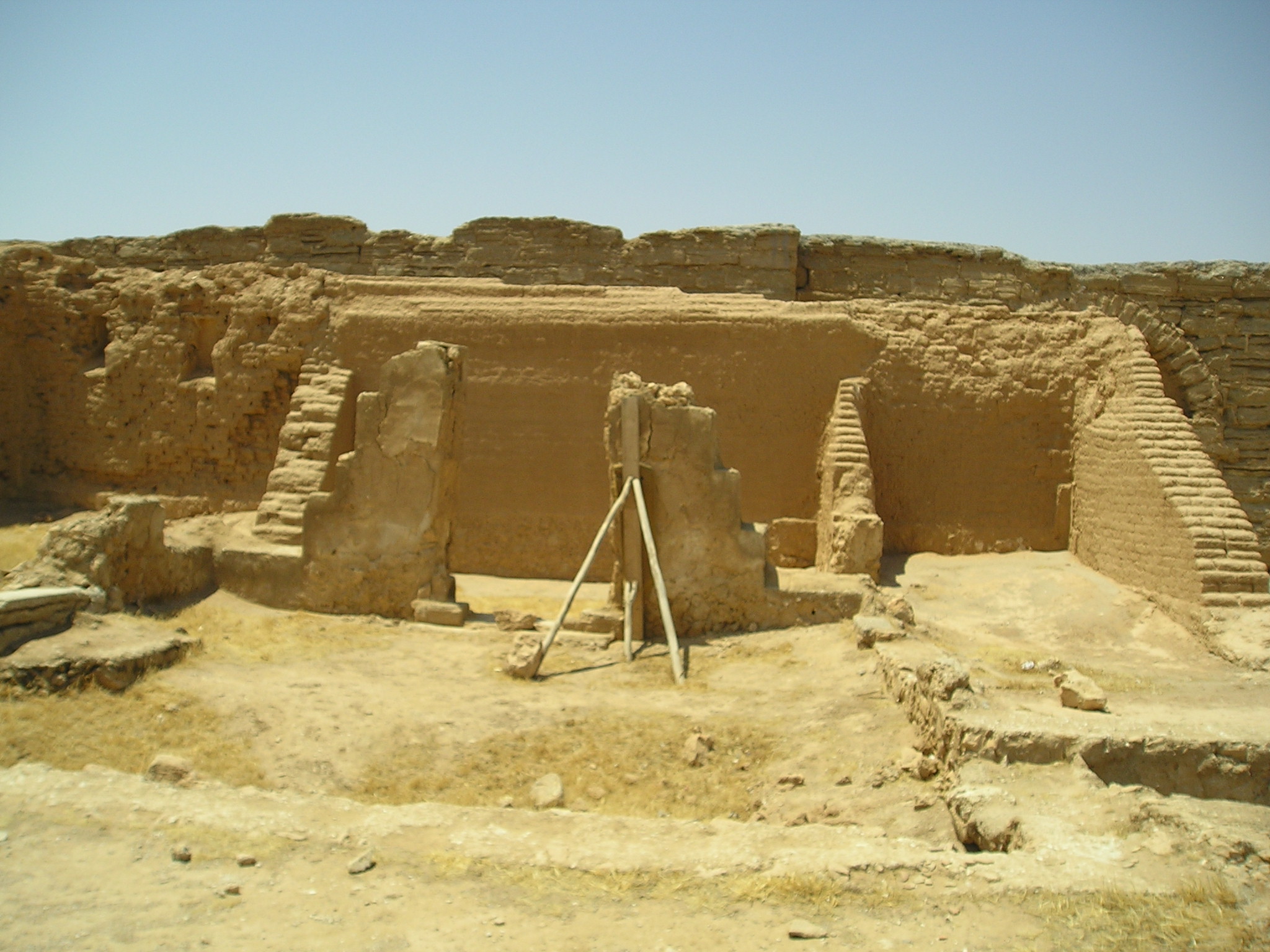
Dura-Europos Church, located in modern-day Syria, is among the oldest known Christian worship sites, built between 233 and 256 AD. This ancient church was part of a house converted into a Christian place of worship, providing one of the earliest examples of Christian religious gatherings. Its discovery offered rare insights into early Christian art, with wall frescoes depicting scenes from the Gospels. Positioned near the Euphrates River, it was an essential site for a small Christian community. Dura-Europos Church was eventually buried and preserved under layers of sand, which helped shield it from damage over the centuries. Its art and architecture reveal the initial stages of Christian symbolism and expression. The church belonged to an early Christian community, aligning with what would later become Orthodox Christianity.
Church of the Nativity – Bethlehem, Palestine
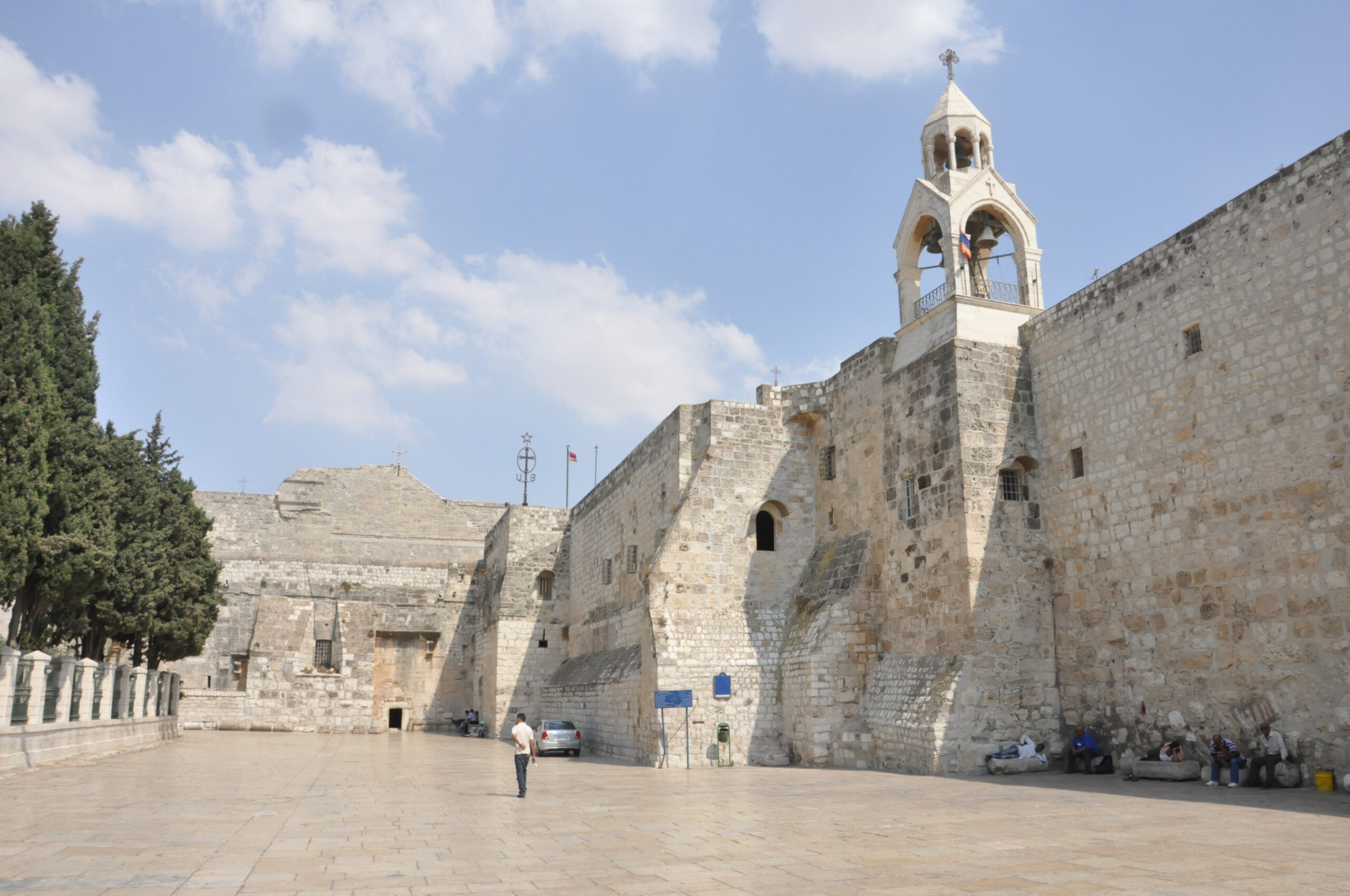
The Church of the Nativity, located in Bethlehem, Palestine, was built in 333 AD and is one of Christianity’s most sacred sites. It marks the birthplace of Jesus Christ, a place of pilgrimage for Christians around the world. Originally commissioned by Emperor Constantine and his mother, Saint Helena, it was later rebuilt by the Emperor Justinian in the 6th century. This church holds significance for the Roman Catholic, Armenian Apostolic, and Greek Orthodox denominations, each of which maintains a part of the church. Its grand basilica and grotto area have stunning mosaics and ancient columns, adding to its solemn atmosphere. Surviving countless invasions and political changes, the Church of the Nativity has remained a continuous place of worship, drawing millions yearly.
Saint Peter’s Basilica – Vatican City
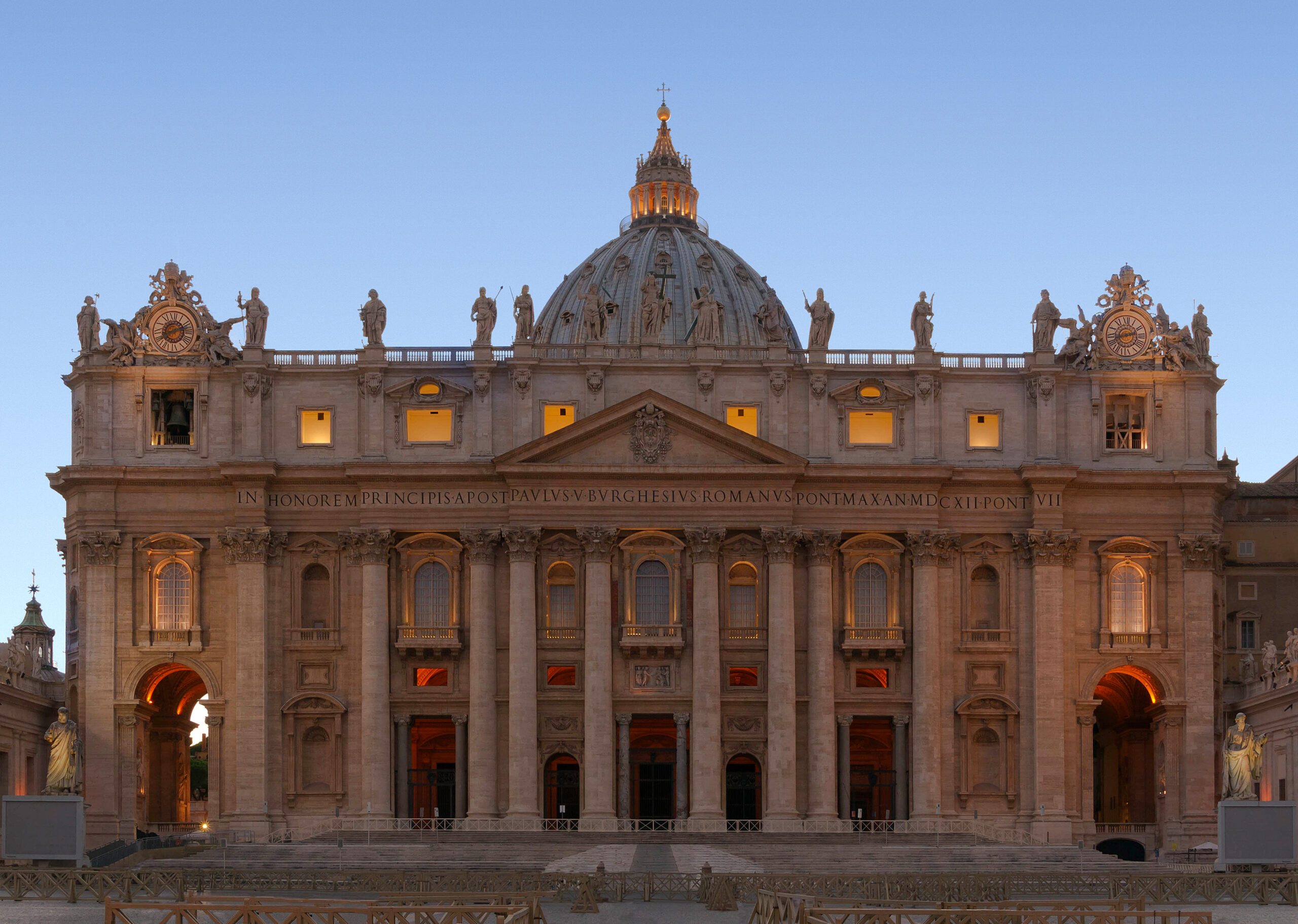
Saint Peter’s Basilica in Vatican City, built initially in 326 AD, is one of the world’s largest and most visited Christian landmarks. It was constructed over what is believed to be the burial site of Saint Peter, one of Jesus’ apostles and the first Pope. The current structure, completed in 1626, stands as a masterpiece of Renaissance architecture and features contributions from artists like Michelangelo and Bernini. This basilica is the heart of Roman Catholicism and the Pope’s official church, hosting important liturgical ceremonies. Its vast interior, grand dome, and artworks inspire awe, symbolizing the power and influence of the Catholic Church. Saint Peter’s Basilica serves as a center of faith for millions who come to experience its grandeur and historical depth.
Saint Thaddeus Monastery – Iran
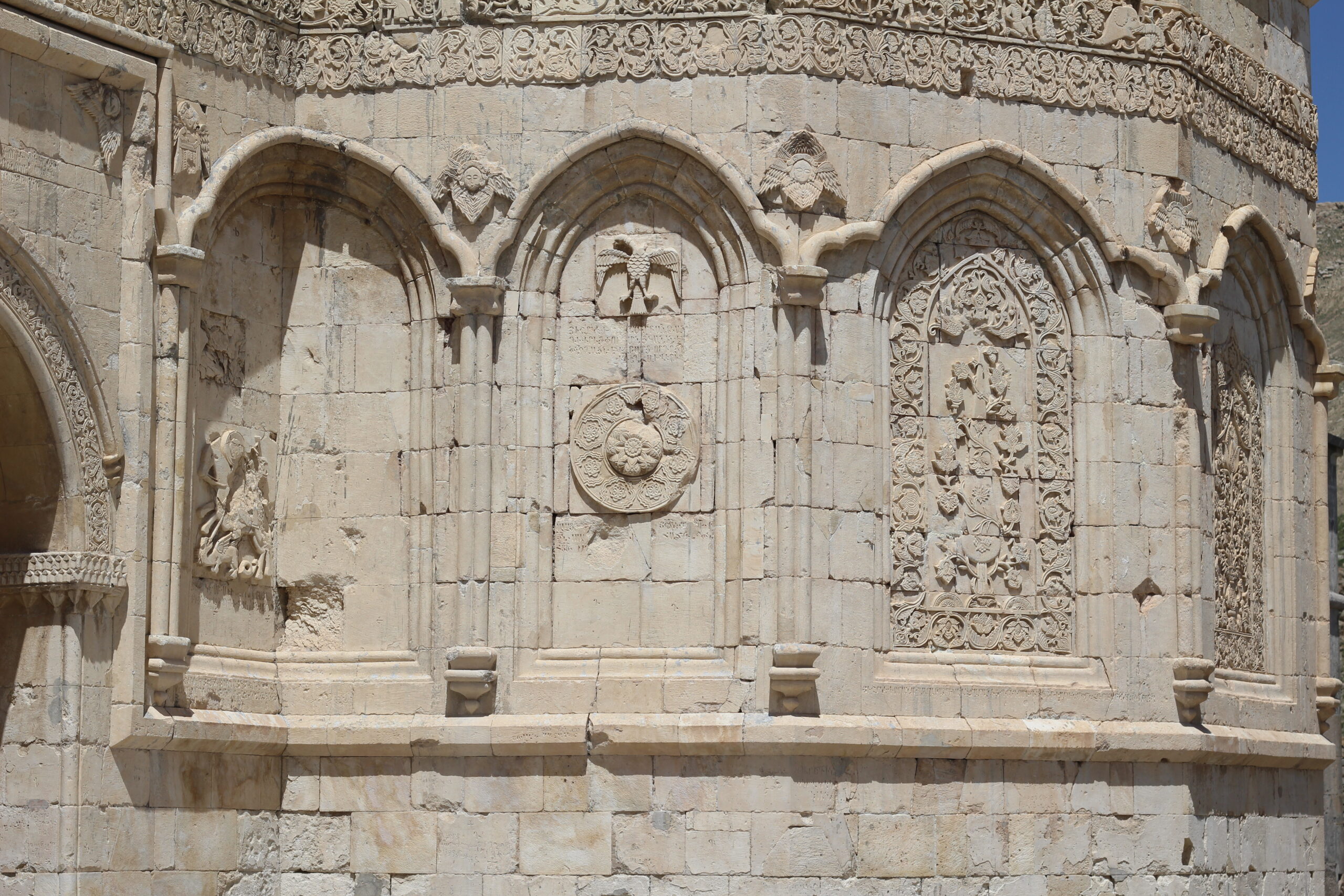
Saint Thaddeus Monastery, known as Qara Kelisa, is located in northwest Iran and dates back to 66 AD, making it one of the oldest monasteries in the world. It is believed to be named after Saint Thaddeus, one of Christ’s apostles who is said to have spread Christianity in Armenia and nearby regions. The church is associated with the Armenian Apostolic Church and is a UNESCO World Heritage site. Built in a distinct Armenian style, it is constructed with dark and light stone, giving it a unique appearance. Throughout its history, it has been rebuilt and restored due to damage from earthquakes. Pilgrims from around the world visit the monastery each year, especially during its annual festival celebrating Saint Thaddeus.
Cathedral of Saint Lazarus – Armenia
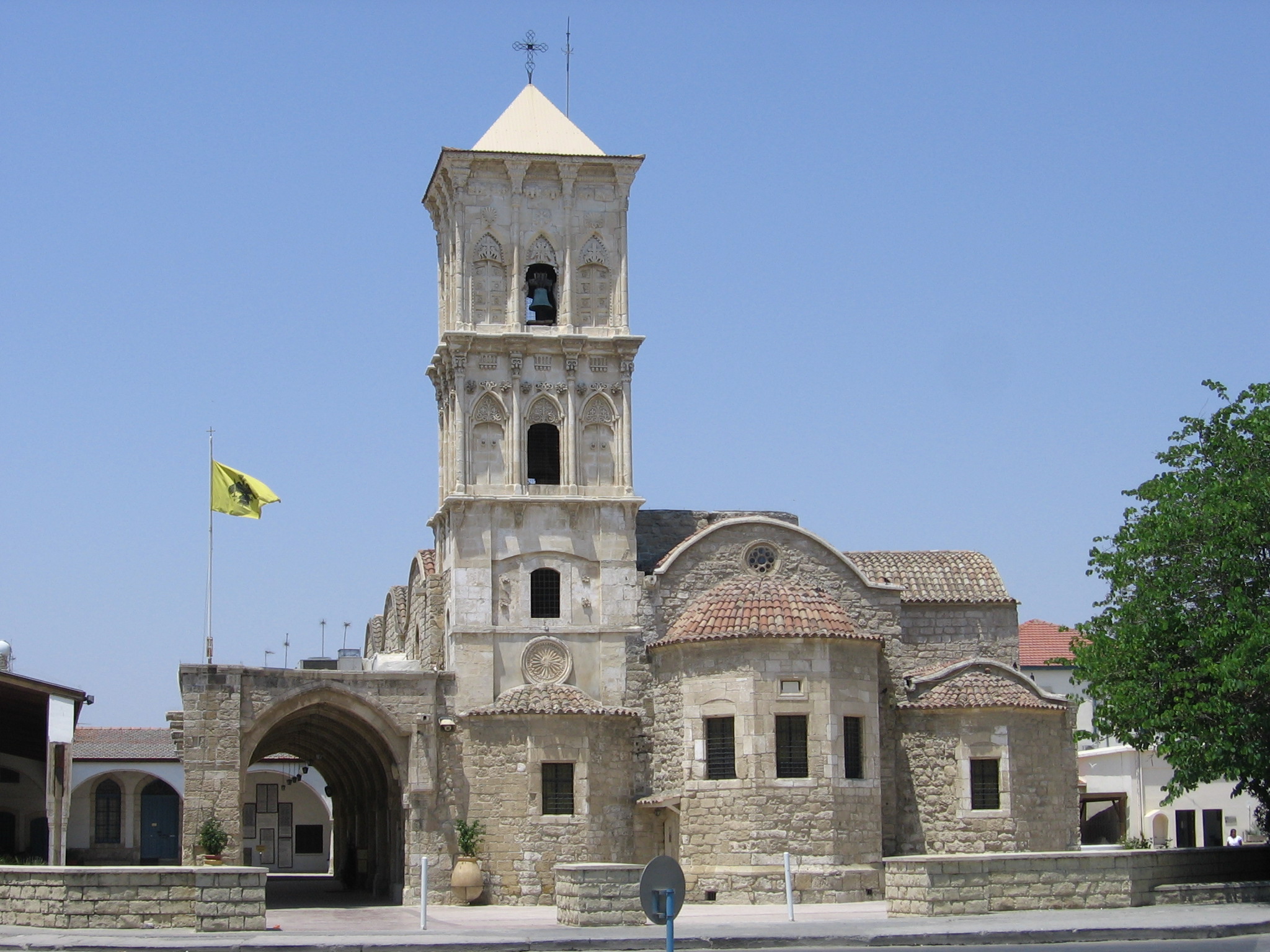
Located in the ancient Armenian city of Harich, the Cathedral of Saint Lazarus was initially constructed in the 4th century AD. This cathedral represents early Armenian Christianity and is among the earliest Christian buildings still standing. Known for its simple yet powerful architectural style, the cathedral is part of the Armenian Apostolic Church and is revered for its historical and spiritual significance. Over the years, it has been renovated multiple times, but it retains elements of its original construction. Its rustic stone walls and serene surroundings offer a spiritual retreat for visitors. This site is particularly notable for its association with Saint Lazarus, whom Christ raised from the dead, making it a meaningful pilgrimage spot.
Church of Saint George – Ethiopia
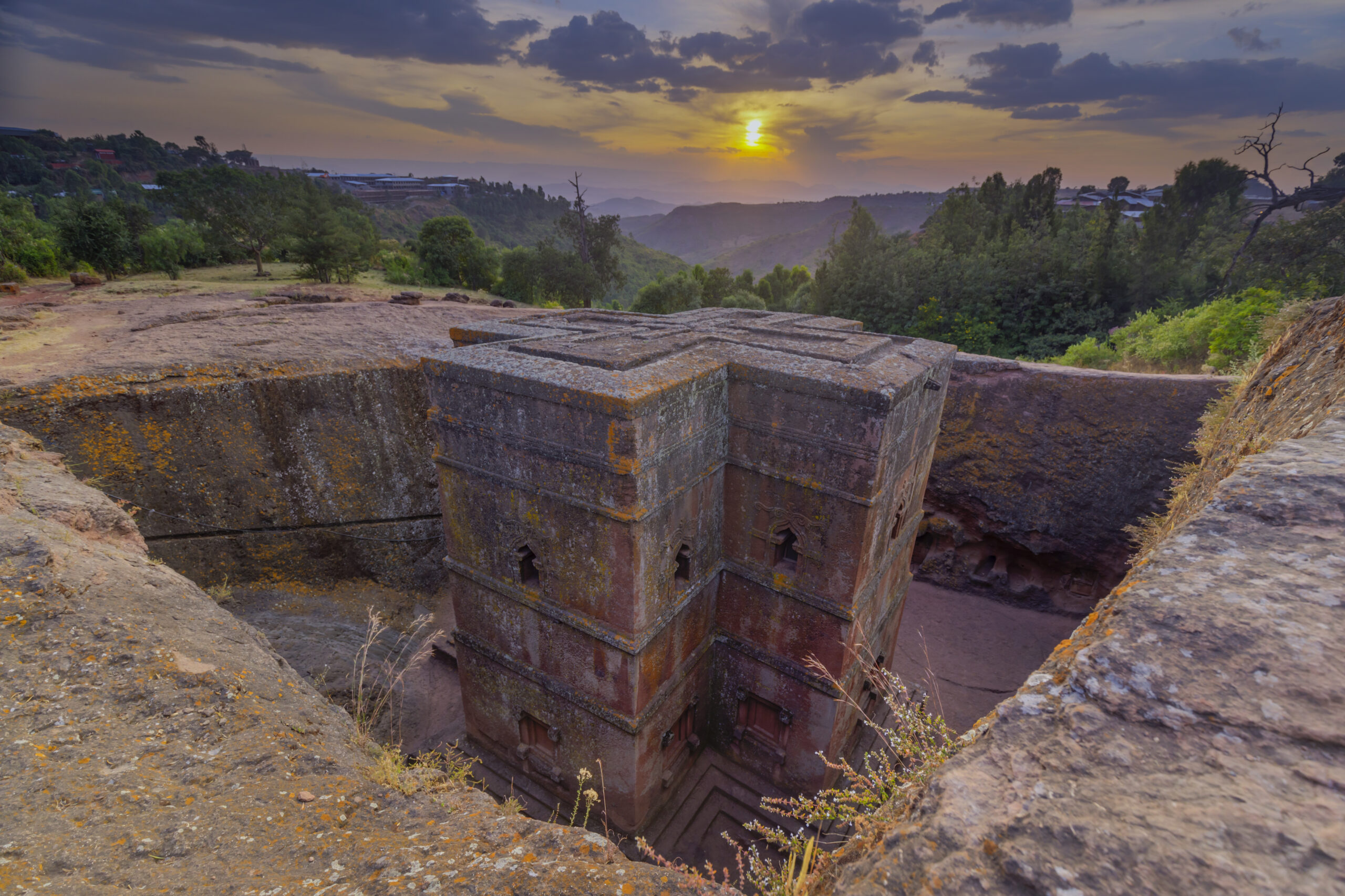
The Church of Saint George in Lalibela, Ethiopia, dates back to the late 12th or early 13th century, and it’s renowned for its unique rock-hewn structure. This church, carved from a single volcanic rock, is one of eleven monolithic churches in Lalibela and is a masterpiece of Ethiopian Orthodox architecture. Built under the orders of King Lalibela, it was designed to symbolize the “New Jerusalem.” Its cross-shaped architecture is iconic, with intricate interior details preserved for centuries. The church serves the Ethiopian Orthodox Tewahedo Church and is still an active place of worship. Pilgrims journey to Saint George’s Church for its religious and historical significance, marveling at its architecture and the dedication required to carve such a structure.
Santa Maria in Trastevere – Rome, Italy
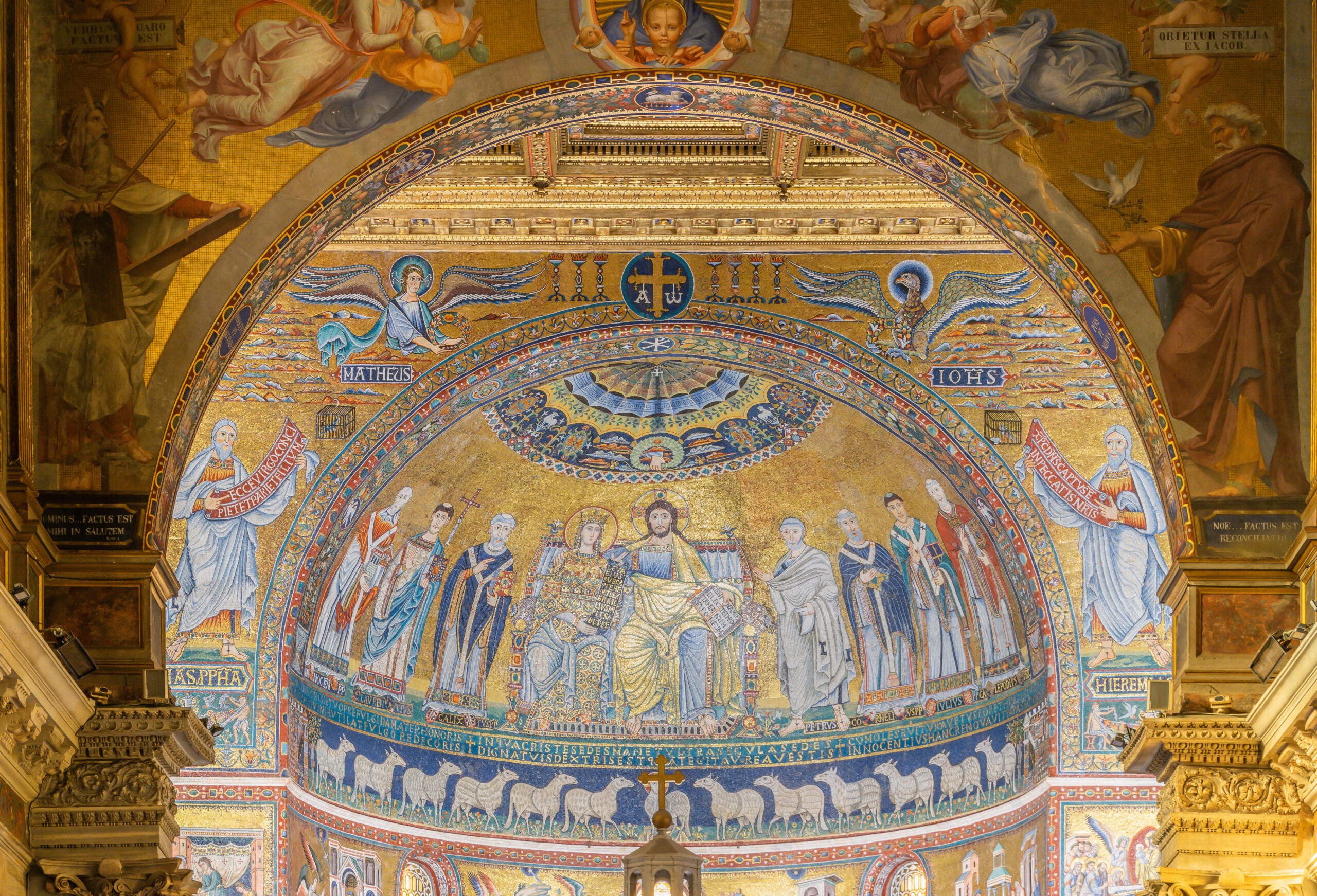
Santa Maria in Trastevere, situated in Rome’s Trastevere neighborhood, was likely founded in the 3rd century AD, around 340 AD, making it one of Rome’s earliest Christian sites. This church is an outstanding example of early Christian basilica architecture, with mosaics that date back to the 12th century. Santa Maria is closely associated with Roman Catholicism and is said to be the first church in Rome where Mass was openly celebrated. Its gold mosaics and ancient columns create a warm and reverent atmosphere, drawing visitors and worshippers alike. This church has become a symbol of enduring faith in the Trastevere community, offering a place to connect with centuries of Christian history.
Church of Saint Simeon Stylites – Syria
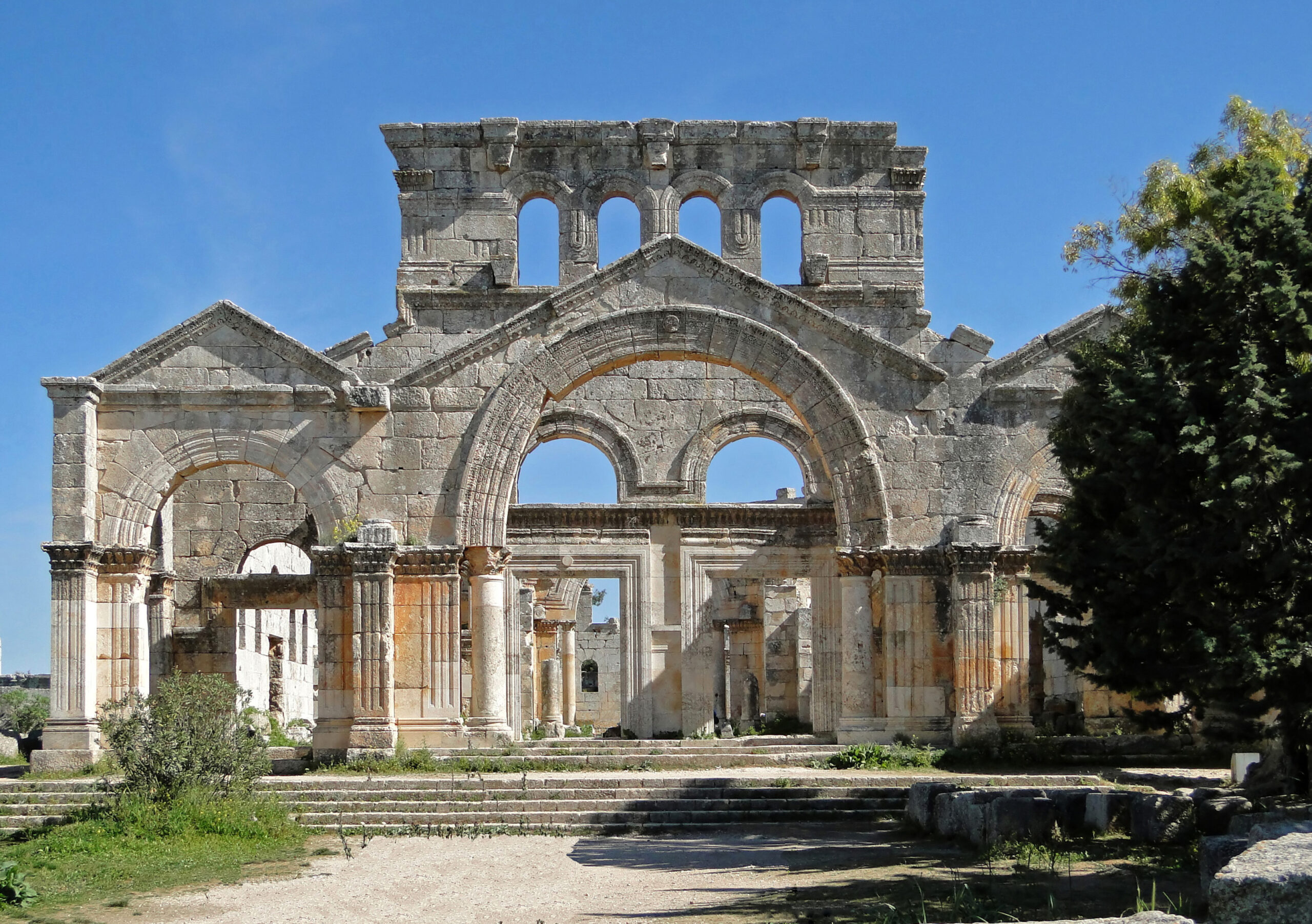
The Church of Saint Simeon Stylites, built in 475 AD, stands in northern Syria near Aleppo. This ancient structure is named after Saint Simeon, a Christian ascetic who famously spent 37 years on a pillar near the site. The church complex, which includes several basilicas and a central courtyard, is an impressive example of Byzantine architecture. It was a popular pilgrimage site, attracting followers who sought inspiration from Saint Simeon’s extreme devotion. The ruins feature intricate stone carvings and provide views of the surrounding landscape, creating a serene atmosphere. The church is part of the Eastern Orthodox tradition and remains a significant religious and historical site. Its unique design and spiritual heritage make it a noteworthy piece of early Christian architecture.
Basilica of Saint John – Turkey
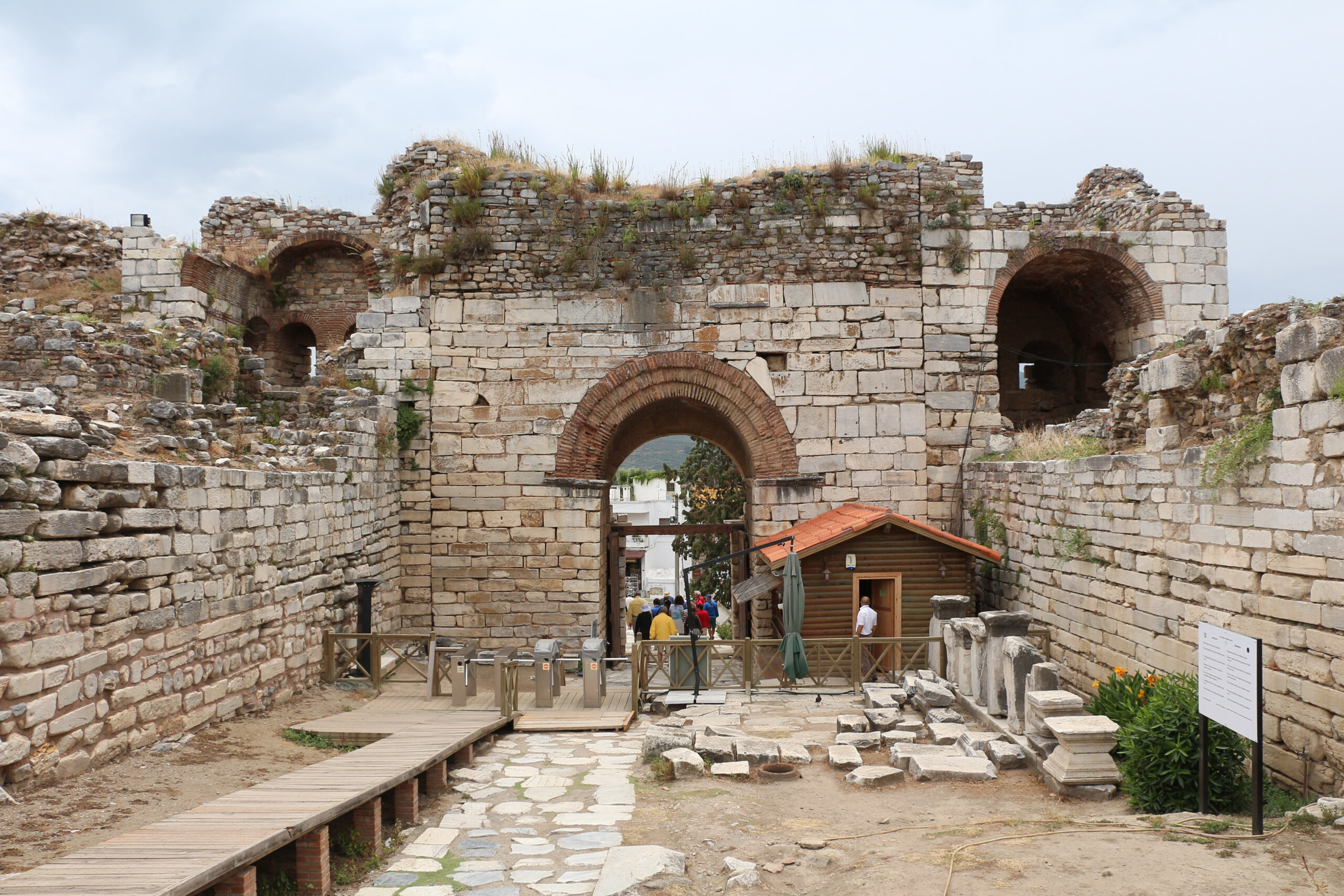
Located in Selçuk, Turkey, the Basilica of Saint John was constructed in the 6th century under the Byzantine Emperor Justinian I. This basilica was built over what is believed to be the tomb of Saint John the Apostle, adding to its religious importance. Originally grand in scale, with six domes and large marble columns, the basilica reflected early Byzantine architectural style. Although partially in ruins today, visitors can still see its impressive layout and remnants of its decorative frescoes. It served the Orthodox Christian community and became a pilgrimage site, drawing Christians who revered Saint John. The basilica’s historical and spiritual significance has made it a cherished landmark in the region. Its position on a hill provides sweeping views of the ancient city of Ephesus and the surrounding countryside.
Etchmiadzin Cathedral – Armenia
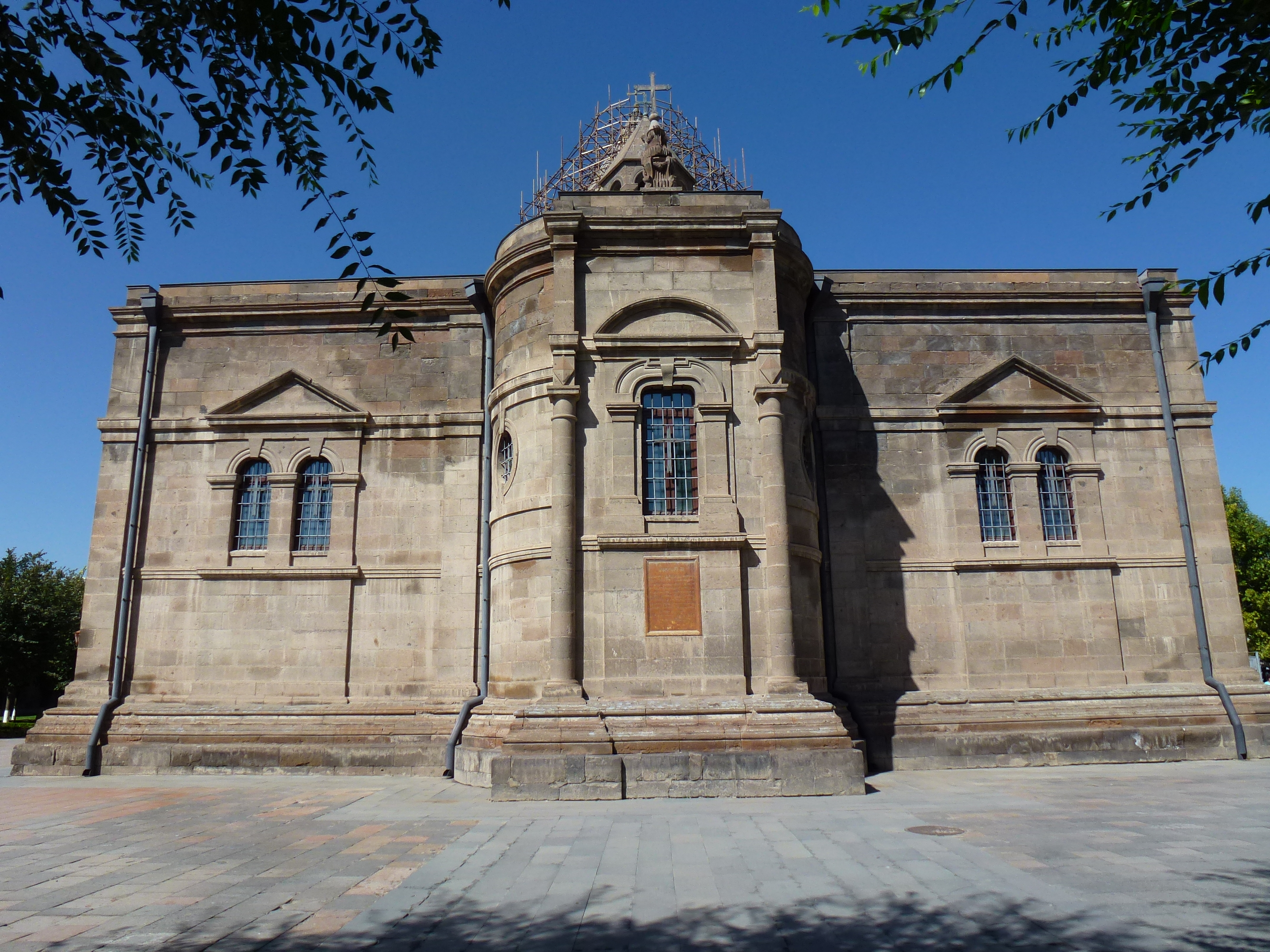
Etchmiadzin Cathedral, located in Vagharshapat, Armenia, is one of the oldest cathedrals in the world, initially built in 303 AD. This cathedral is the mother church of the Armenian Apostolic Church and holds deep importance as the spiritual center of Armenian Christianity. Built by Saint Gregory the Illuminator, who is credited with converting Armenia to Christianity, it is an excellent example of early Armenian architecture. The cathedral features stunning frescoes, intricate carvings, and a revered altar believed to mark the spot where Saint Gregory had a divine vision. Over the centuries, it has been expanded and restored, preserving its ancient spirit. Etchmiadzin remains an active place of worship and pilgrimage for Armenians worldwide, symbolizing their enduring faith and history.
Hagia Sophia – Istanbul, Turkey
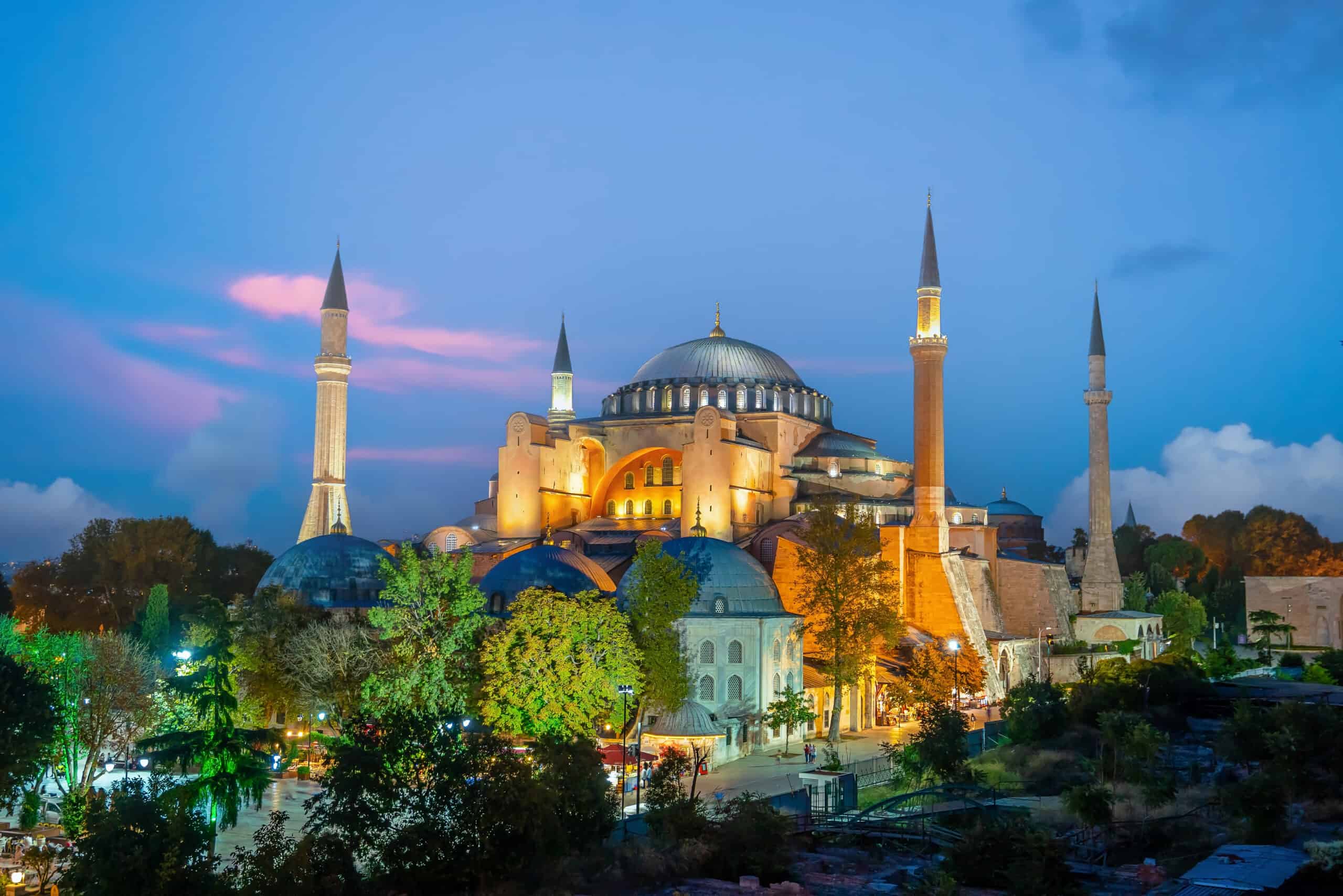
Hagia Sophia in Istanbul, initially constructed in 537 AD, was an architectural marvel of the Byzantine Empire. Built under Emperor Justinian I, it served as a Greek Orthodox cathedral for nearly a thousand years before being converted into a mosque and later a museum. Today, it operates as a mosque again, showcasing its layered history across religions and empires. The grand dome, mosaics, and impressive marble columns are breathtaking examples of Byzantine artistry. Hagia Sophia’s design influenced many other religious structures in both Eastern and Western traditions. This monumental building has inspired awe for centuries, representing both faith and innovation. Located in the heart of Istanbul, it remains one of the world’s most iconic religious sites, admired by visitors of all backgrounds.
Saint Thomas Christians’ Churches – India
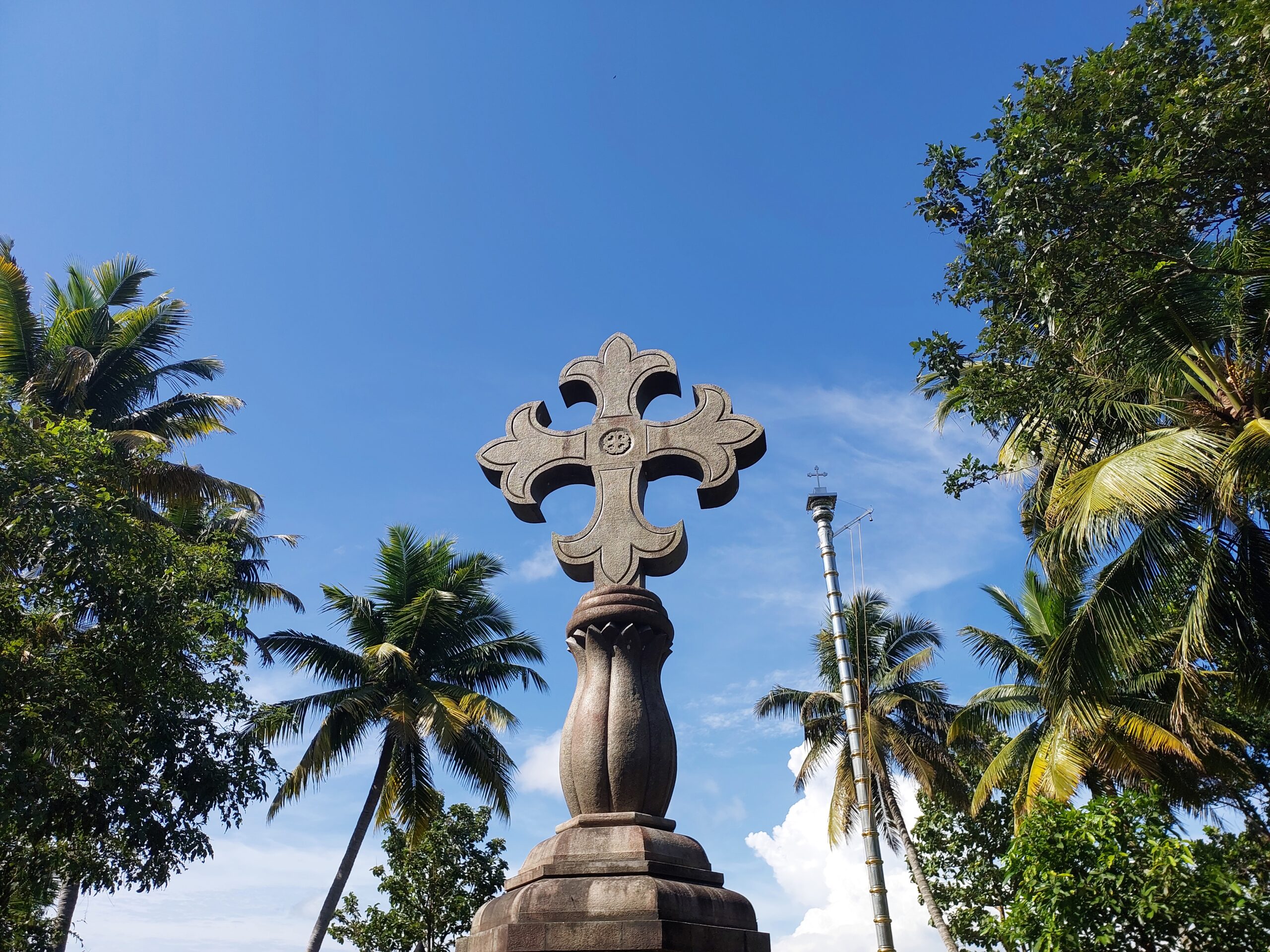
The churches of Saint Thomas Christians in India trace their origins back to the 1st century AD, according to tradition, when Saint Thomas the Apostle is believed to have brought Christianity to the Indian subcontinent. The community is centered in the Kerala region, where several ancient churches still stand. These churches follow the Eastern Christian tradition, blending elements of Indian culture with Christian faith, making them distinct in style and practice. Many of the original church structures have been rebuilt over centuries, yet they retain their historical essence. The Syrian Malabar Nasrani churches, including those like St. Thomas Syro-Malabar Church, represent the heritage of the earliest Christian community in India. These churches are a testament to Christianity’s spread beyond the Middle East into Asia, preserving unique rituals and architectural styles.
San Paolo Fuori le Mura – Rome, Italy
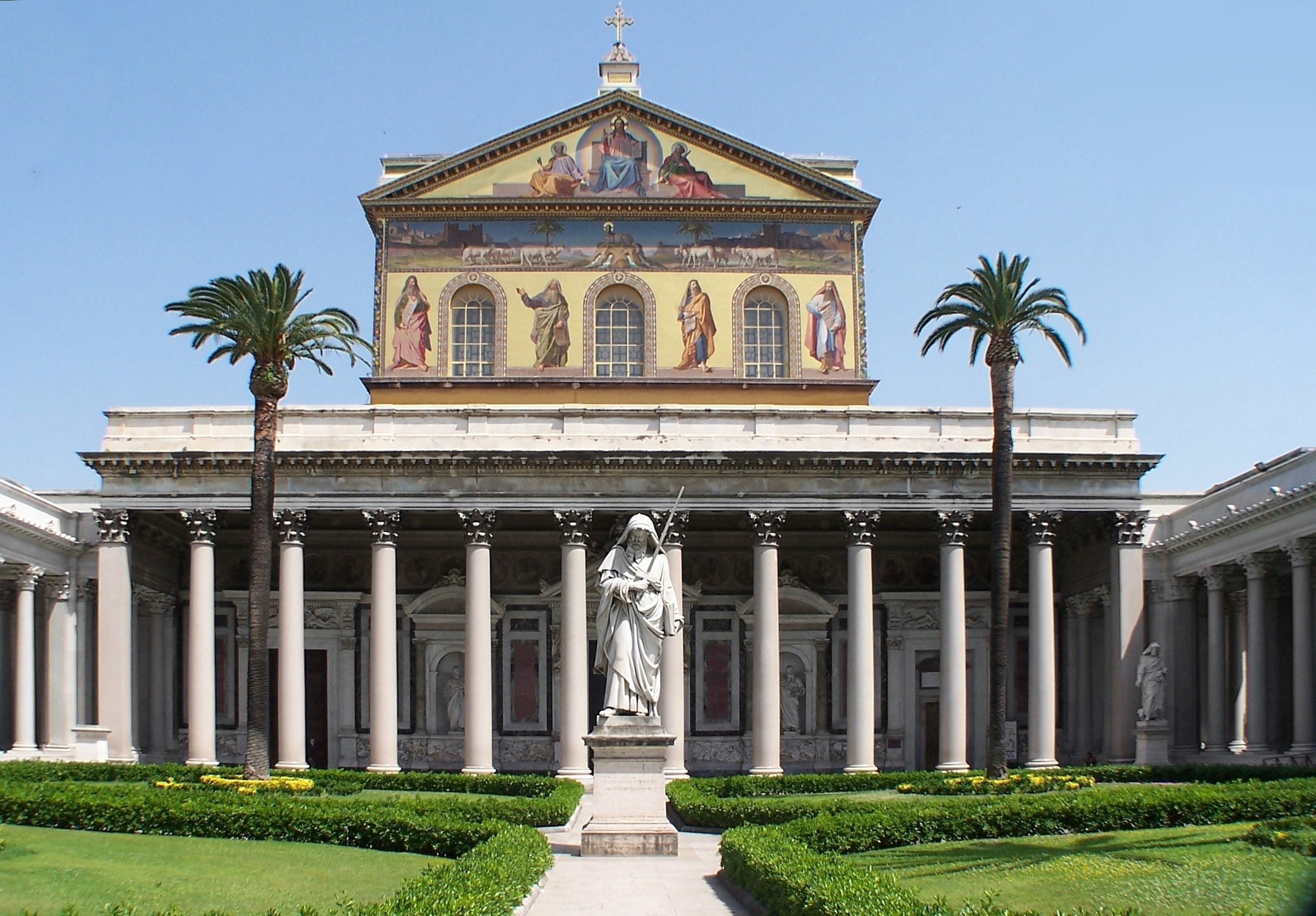
San Paolo Fuori le Mura, also known as Saint Paul Outside the Walls, is located in Rome and was originally built in the 4th century AD by Emperor Constantine. This basilica marks the burial site of Saint Paul the Apostle, a revered figure in Christianity. The structure was expanded and richly decorated over centuries, with its current design finalized in the 19th century after a devastating fire. Known for its grand nave, golden mosaics, and imposing colonnades, it embodies the elegance of early Christian architecture. As a major Roman Catholic pilgrimage site, it attracts thousands who come to pay homage to Saint Paul. Its serene gardens and magnificent interior make it one of Rome’s most treasured churches. San Paolo Fuori le Mura remains a beacon of faith and history within the Catholic tradition.
Saint Mary’s Cathedral – Limerick, Ireland
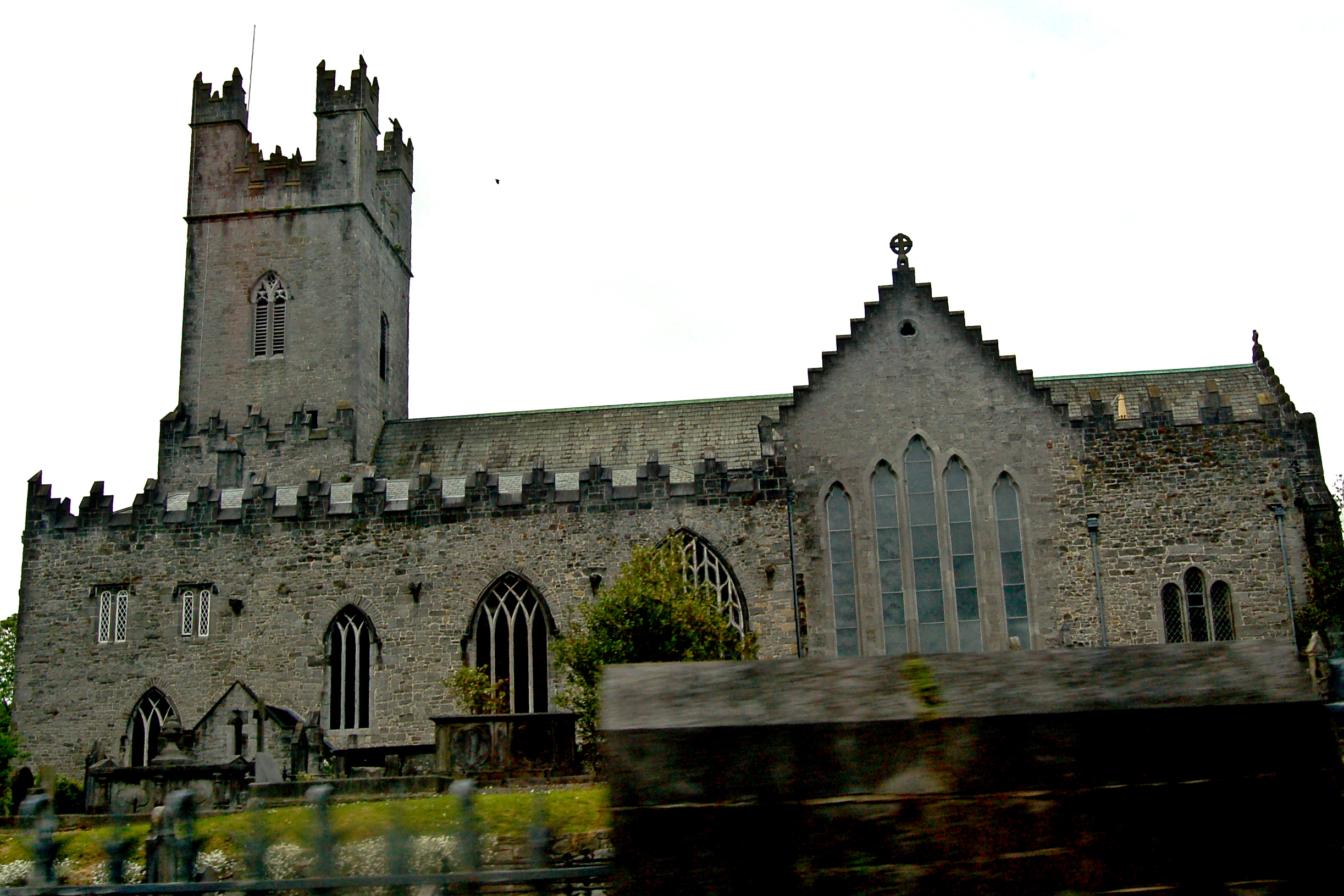
Saint Mary’s Cathedral, built in 1168 AD, is one of Ireland’s oldest churches, located in the heart of Limerick. This cathedral is an architectural blend of Romanesque and Gothic styles, showcasing the transition of church design over centuries. Founded by Donal Mor O’Brien, King of Thomond, it has served as a place of worship for both Catholics and Protestants, with the Church of Ireland now managing it. The cathedral’s interior features beautiful stone carvings, wooden pews, and medieval tombs, offering a quiet and contemplative space. It has witnessed countless historical events and remains a centerpiece of Limerick’s cultural heritage. Saint Mary’s Cathedral continues to serve as a spiritual and historical landmark, drawing visitors for its beauty and significance.
Church of the Holy Sepulchre – Jerusalem, Israel
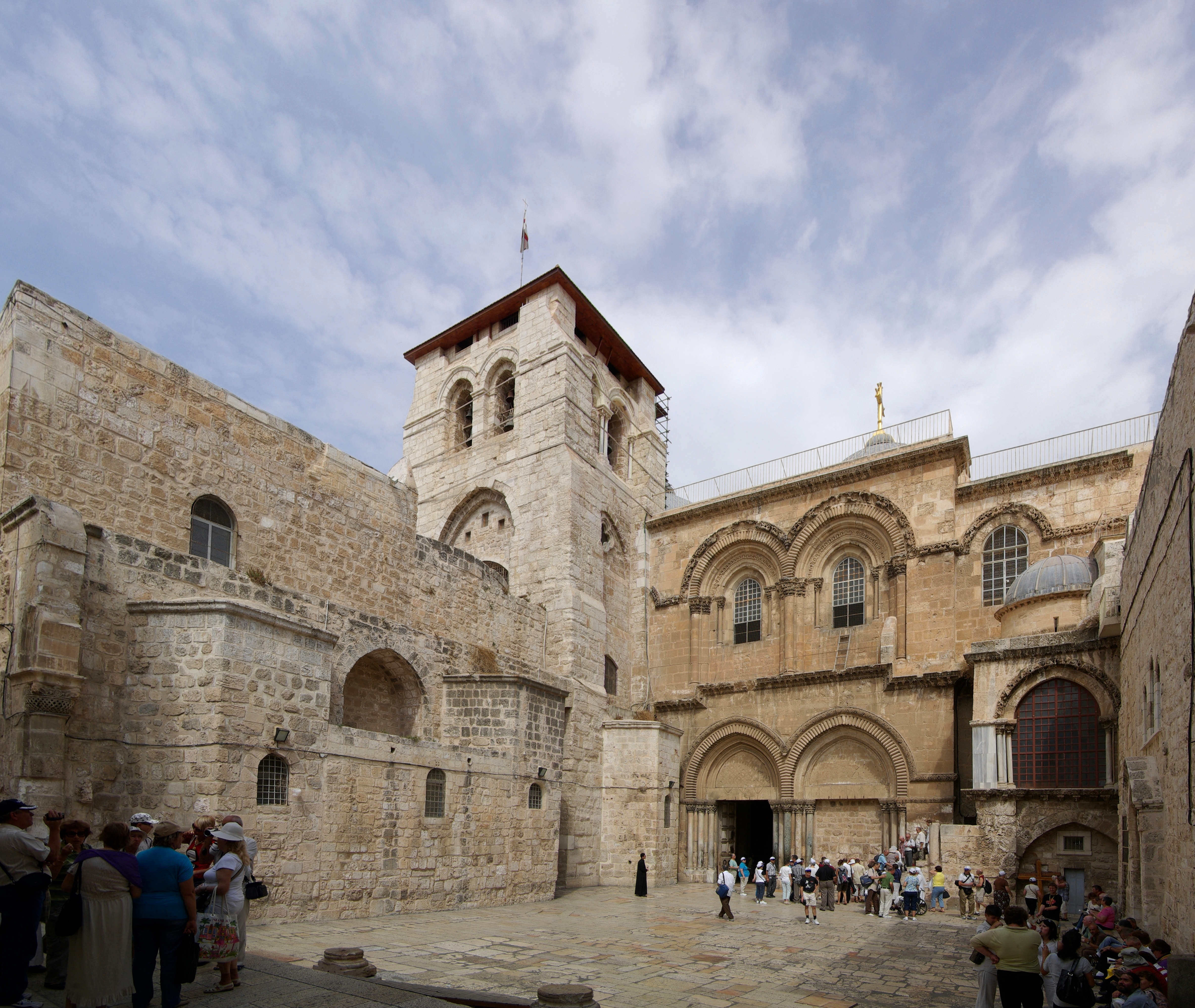
The Church of the Holy Sepulchre, located in Jerusalem and initially built in 335 AD, is among the most sacred Christian sites worldwide. It stands on what is believed to be the site of Jesus Christ’s crucifixion, burial, and resurrection, making it a vital pilgrimage destination. Originally commissioned by Emperor Constantine, it has been destroyed and rebuilt multiple times, preserving elements from its early construction. This church is shared by multiple Christian denominations, including Greek Orthodox, Roman Catholic, and Armenian Apostolic. Its labyrinthine layout, ancient mosaics, and the Holy Edicule (the chamber housing Christ’s tomb) create a unique, deeply spiritual atmosphere. Despite historical conflicts over its control, the Church of the Holy Sepulchre remains a profound symbol of Christian faith and hope, drawing millions each year.
This article originally appeared on Rarest.org.
More from Rarest.org
11 Endangered Amphibians Battling Climate Change and Pollution

Amphibians are facing an unprecedented battle against the dual threats of climate change and pollution. Read More.
13 Epic Reptile Migrations

Reptiles, much like many other animals, undertake incredible migrations in search of food and water to survive in changing environments. Read More.
13 Forgotten Theme Park Rides That No Longer Exist

Theme parks are constantly changing, with new attractions replacing older ones to keep things fresh and exciting for visitors. Read More.
